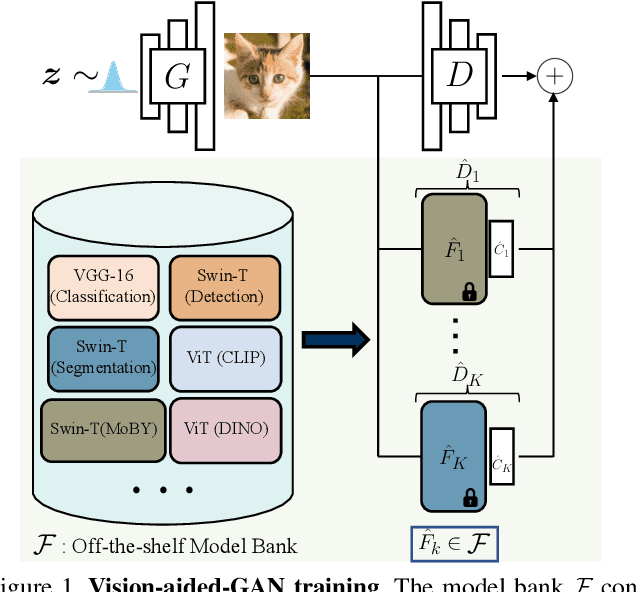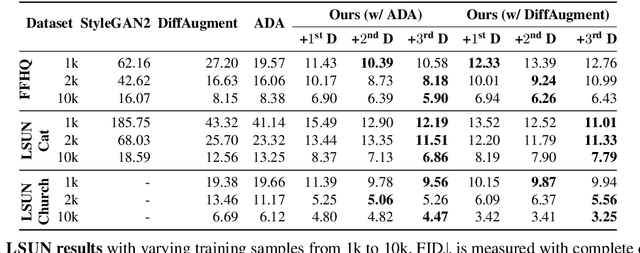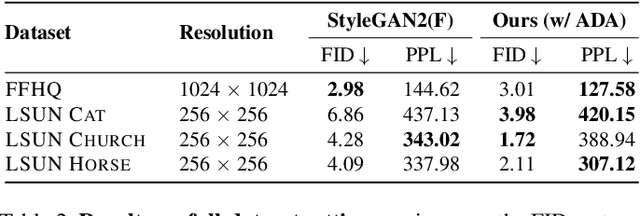Ensembling Off-the-shelf Models for GAN Training
Paper and Code
Jan 18, 2022



The advent of large-scale training has produced a cornucopia of powerful visual recognition models. However, generative models, such as GANs, have traditionally been trained from scratch in an unsupervised manner. Can the collective "knowledge" from a large bank of pretrained vision models be leveraged to improve GAN training? If so, with so many models to choose from, which one(s) should be selected, and in what manner are they most effective? We find that pretrained computer vision models can significantly improve performance when used in an ensemble of discriminators. Notably, the particular subset of selected models greatly affects performance. We propose an effective selection mechanism, by probing the linear separability between real and fake samples in pretrained model embeddings, choosing the most accurate model, and progressively adding it to the discriminator ensemble. Interestingly, our method can improve GAN training in both limited data and large-scale settings. Given only 10k training samples, our FID on LSUN Cat matches the StyleGAN2 trained on 1.6M images. On the full dataset, our method improves FID by 1.5x to 2x on cat, church, and horse categories of LSUN.
 Add to Chrome
Add to Chrome Add to Firefox
Add to Firefox Add to Edge
Add to Edge